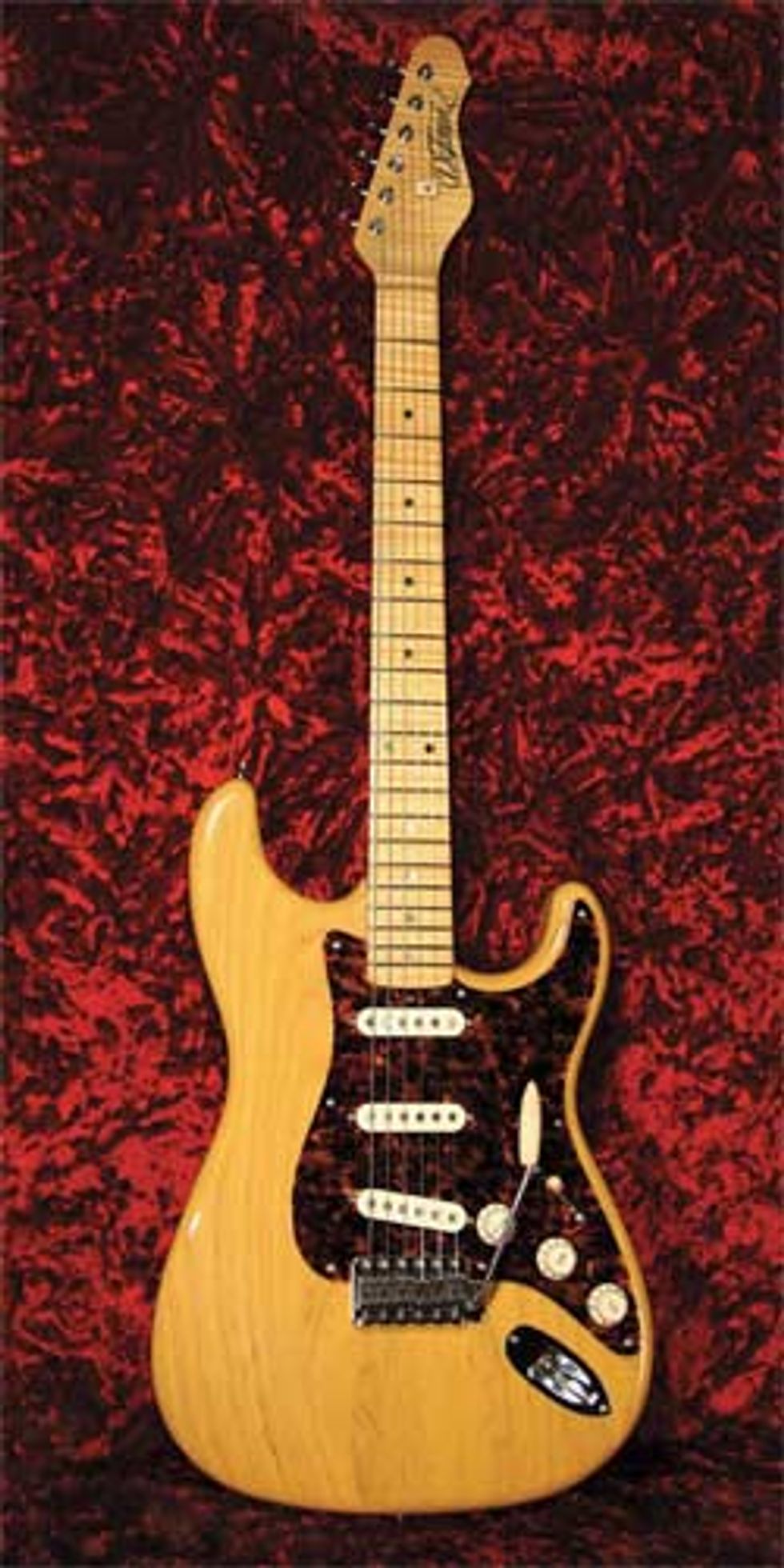 When a builder as well regarded as Michael DeTemple gives you his personal guitar to review, there’s an expectation of trust: Trust in his skills as an artisan as he says to you “This is my very best effort,” and trust in you as a reviewer that you will straddle the line between awe and objectivity.
When a builder as well regarded as Michael DeTemple gives you his personal guitar to review, there’s an expectation of trust: Trust in his skills as an artisan as he says to you “This is my very best effort,” and trust in you as a reviewer that you will straddle the line between awe and objectivity. It is clear that Michael DeTemple’s Spirit Series is a culmination of a lifetime as a player, session musician and a craftsman. Every detail is picked over in a no-expensespared effort to deliver the best sounding “S” style guitar possible. The tap tuned necks and bodies, proprietary truss rods, ultra low-weight tuners, fossilized nuts, string trees and switch tips, proprietary, DeTempledesigned pickups, and DeTemple Titanium Trem Assembly all go into making a guitar that is light, easy to play, and sustains far better than an S-styled guitar with a tremolo system should.
I told Michael that it would be extremely interesting to pull apart his Spirit Series and replace bits and pieces of it with more “off the shelf” parts in order to discover at what point it completely alters the guitar’s tone. Michael attributes the Spirit’s remarkable sustain and complex overtones to his special neck building technique, custom truss rod design and compression fit fret installation.
Starting with a quartersawn, flamed maple neck blank, Michael preloads his proprietary truss rod system, shapes the neck and tightens the truss rod to bring a backbow into the neck. Then he cuts the fingerboard radius and simultaneously removes the back bow, leaving a perfectly flat fingerboard plane with the truss rod tensioned. When the truss rod is loosened, there is as much relief in the neck as you could ever need; when the neck is straightened, it is at full tension, thus tensioning the entire instrument for more resonance and clarity. Following that, the one piece neck is sprayed with nitrocellulose lacquer and the fingerboard is polished like glass.
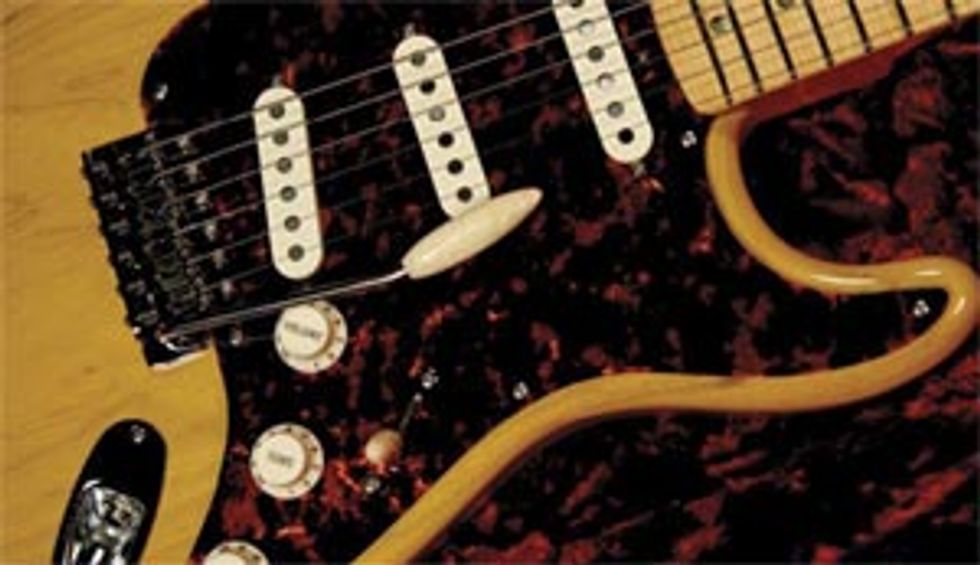 The fret slots are cut prior to Michael’s labor intensive compression fit fret installation. Michael created a special fret saw to facilitate cutting slightly narrower slots on the bass side of the fretboard than on the treble side; this allows for a compression fret installation. By putting a slightly wider tang into the narrower fret slot, the neck wood is compressed back and more tension is exerted on the bass side of the neck. This will ensure a more consistent relief in the neck and prevent any dead spots in the frets.
The fret slots are cut prior to Michael’s labor intensive compression fit fret installation. Michael created a special fret saw to facilitate cutting slightly narrower slots on the bass side of the fretboard than on the treble side; this allows for a compression fret installation. By putting a slightly wider tang into the narrower fret slot, the neck wood is compressed back and more tension is exerted on the bass side of the neck. This will ensure a more consistent relief in the neck and prevent any dead spots in the frets. The 6.5 pound ‘56 Spirit Series guitar Michael sent over was made from a single piece of featherweight swamp ash; a quartersawn, one piece, flamed maple neck with a bocote skunk stripe; perhaps the most astonishing faux tortoise shell celluloid pickguard you will ever see; SweetSpot pickups; fossilized mastodon ivory nut and fossilized walrus tusk string trees; a titanium trem block and saddles; and a push/pull knob on the second tone control, allowing the player to select from a total of seven different pickup configurations. As a departure from his usual building technique, our sample’s neck had a gun oil finish, rather than nitro. Michael said this is a no-charge option. I could continue to wax poetically about the sheer beauty of the Spirit Series’ wood selection or the hallucinatory quality of the guitar’s pickguard but unlike Melville, I am not paid by the word.
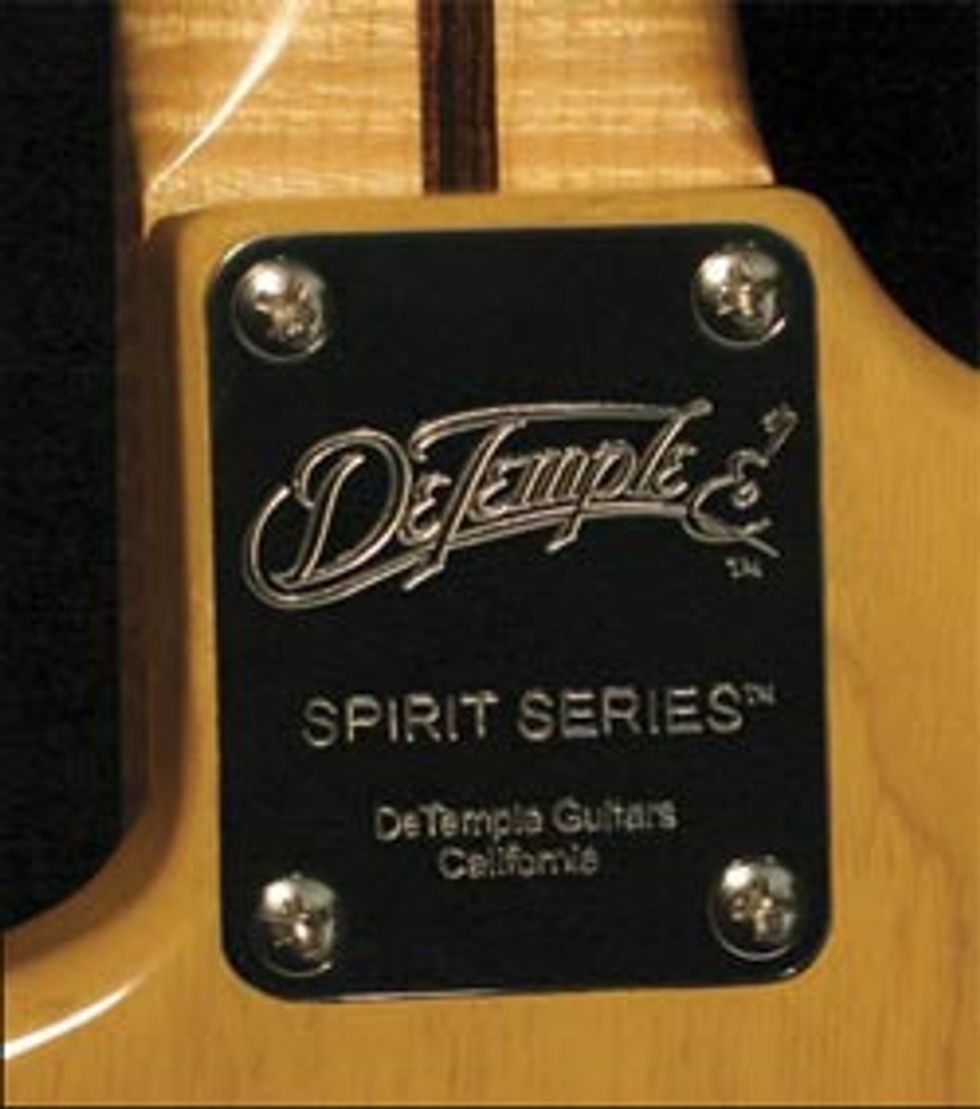 Like a Ringing Bell
Like a Ringing BellIn order to test the Spirit Series’ clean tones, I plugged the guitar into my go-to clean amp, a Fender Princeton Reverb. The Spirit Series’ overtones built up quickly but not to a point that they overpowered the guitar’s fundamentals. And while the pickups’ voicings were decidedly on the smoky side, they were by no means murky or ill-defined— on the contrary, a better description may simply be “mature.”
The balance of the pickups was extremely good; even if the bridge pickup did tend to have a bit more output than the others, the difference was minor. When I’m playing a Strat-styled guitar, I often find myself wanting that extra push, rather than having it crap out while playing clean, and I felt as though Michael had read my mind. As mentioned earlier, the sustain of the Spirit Series was astonishing and was more akin to a hardtail Les Paul than a trem-equipped Strat. Contrary to what you might think, it was perfect for long, legato passages.
There’s a nasty internet rumor going around stating that DeTemple’s SweetSpot pickups do not work well with high levels of distortion. I asked Michael specifically about this. While he said that he didn’t feel like engaging in online flame wars, he did say that he’s always surprised in being quoted for things he never said. That’s fair enough, but I decided to test the theory myself, running the Spirit Series through my Mesa Boogie Subway Reverb Rocket on the Contour setting, and out to a Tone Tubby 1x12 cab.
Despite the high levels of distortion, the Spirit Series exhibited a remarkable amount of clarity and note-to-note separation. To be fair, things did get a little murky when the Spirit Series was placed into its in-between settings, but so has every other Strat-styled guitar I’ve subjected to that level of distortion. Unlike so many seventies Fenders, the Spirit Series’ SweetSpot pickups adapted well and didn’t become twangy or shrill.
The Final Mojo
In his 2004 book, Stradivari’s Genius, Tony Faber wrote a story concerning one of Stradivari’s most fabled violins. Often hinted at but seldom seen, a mint condition 1716 violin was rumored to have been for sale. The wily seller, Luigi Tarisio, teased the would-be buyer, Delphin Alard, about its existence for years. Exacerbated by years of delay, Alard exclaimed, “So, your violin is like the Messiah: one always expects him but he never appears.”
Michael DeTemple is upfront concerning his production lead time, so to quote his ad copy, “The wait is long... the task arduous, the results remarkable.” Is that arrogance? From any other builder, this claim would be akin to hubris, but Michael DeTemple’s work lives up to the hype. If you have some deep pockets and are willing to wait, your patience will be well rewarded.
Given that ever-spiraling prices have taken most vintage instruments out of the reach of players, consider this: the DeTemple Spirit Series is not too far out of the realm of Fender’s Custom Shop offerings, and it may well be the best built, most thoroughly actualized guitar of its kind out there.
Buy if...
you are looking for quite possibly the best Strat-style guitar built today.
Skip if...
you need to have an “F” on the headstock.
Rating...
MSRP $6268 (as reviewed) $7528 - DeTemple Guitars - detempleguitars.com |
Our expert has stated their case, now we want to hear yours. Log on and share your comments and ratings.



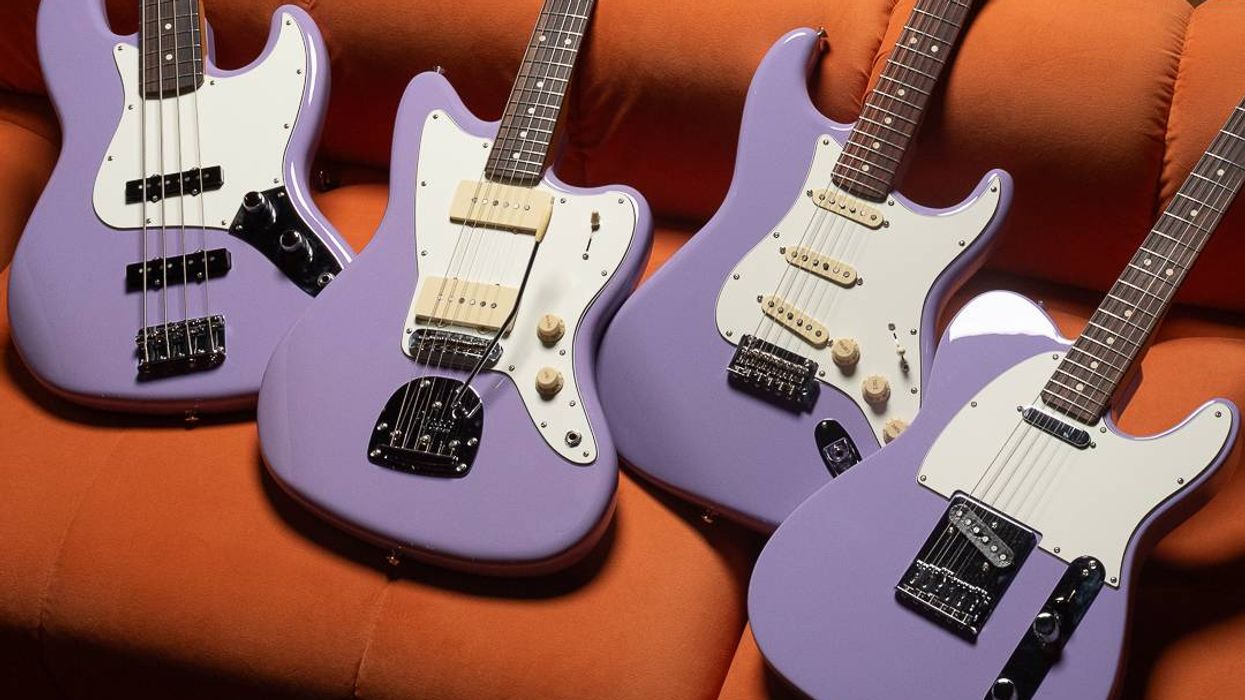

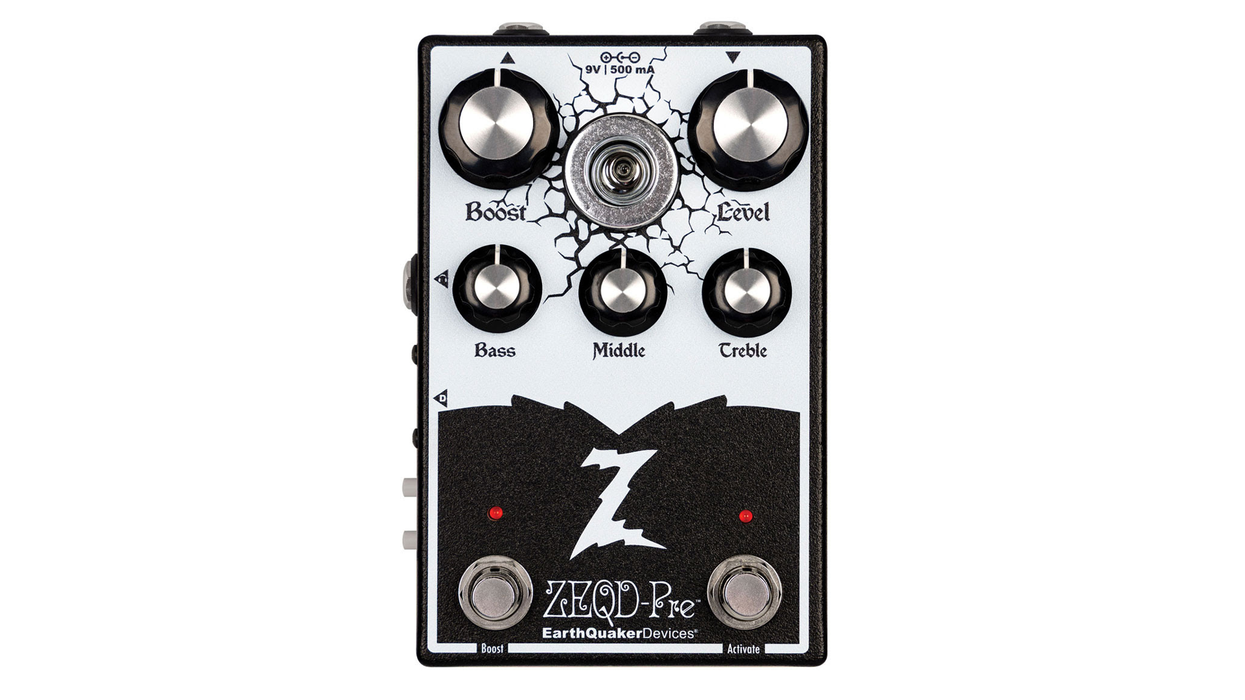
![Rig Rundown: John 5 [2026]](https://www.premierguitar.com/media-library/youtube.jpg?id=62681883&width=1245&height=700&quality=70&coordinates=0%2C45%2C0%2C45)
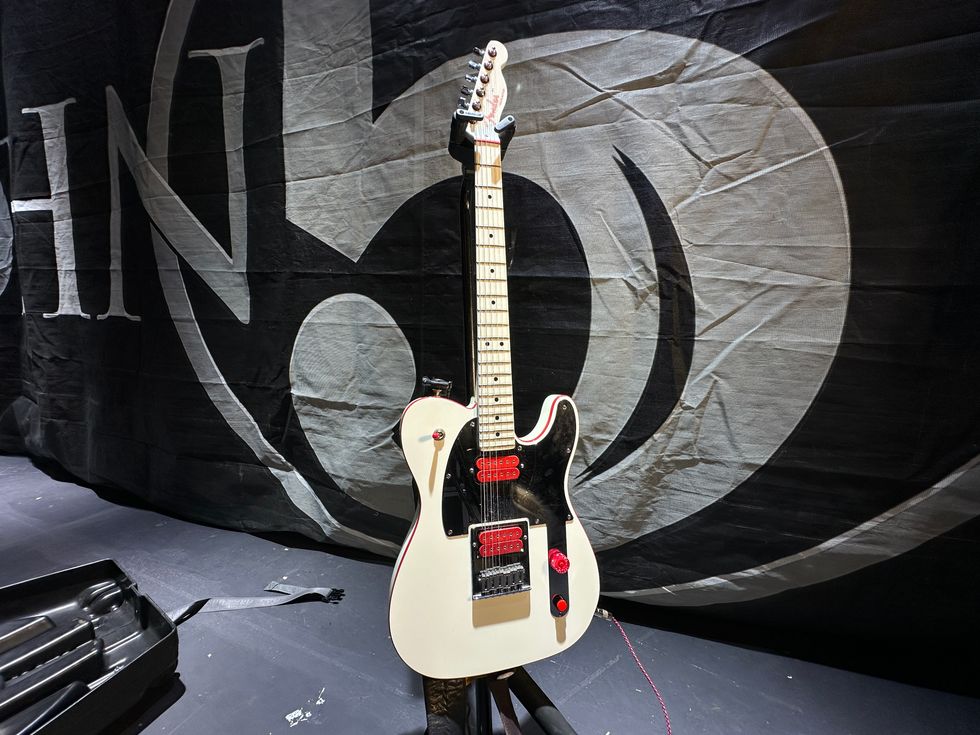
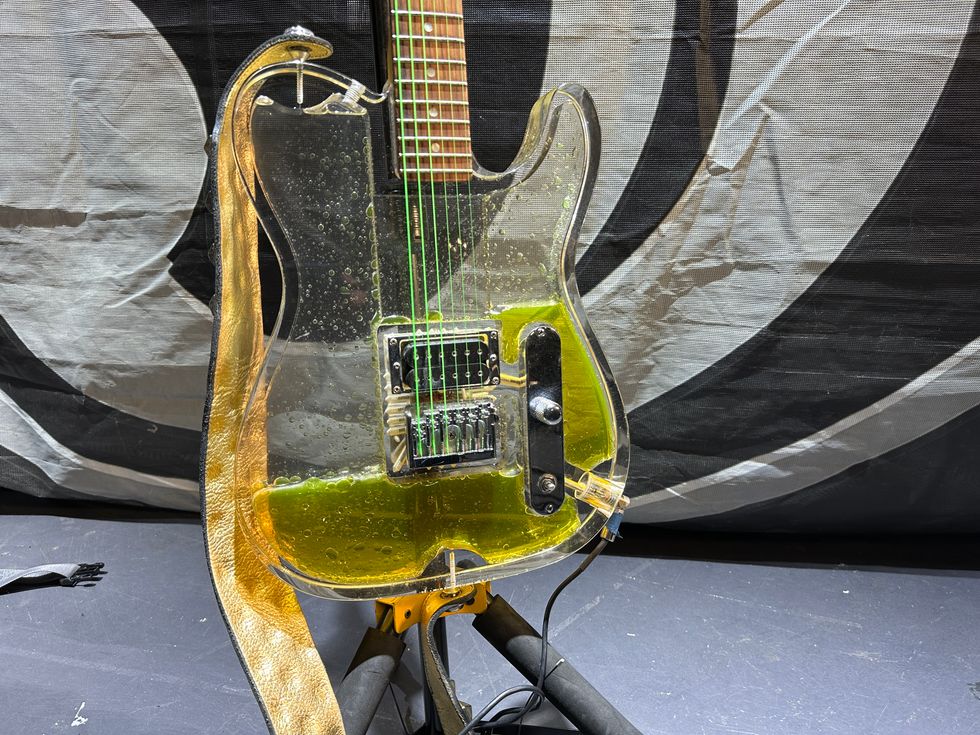
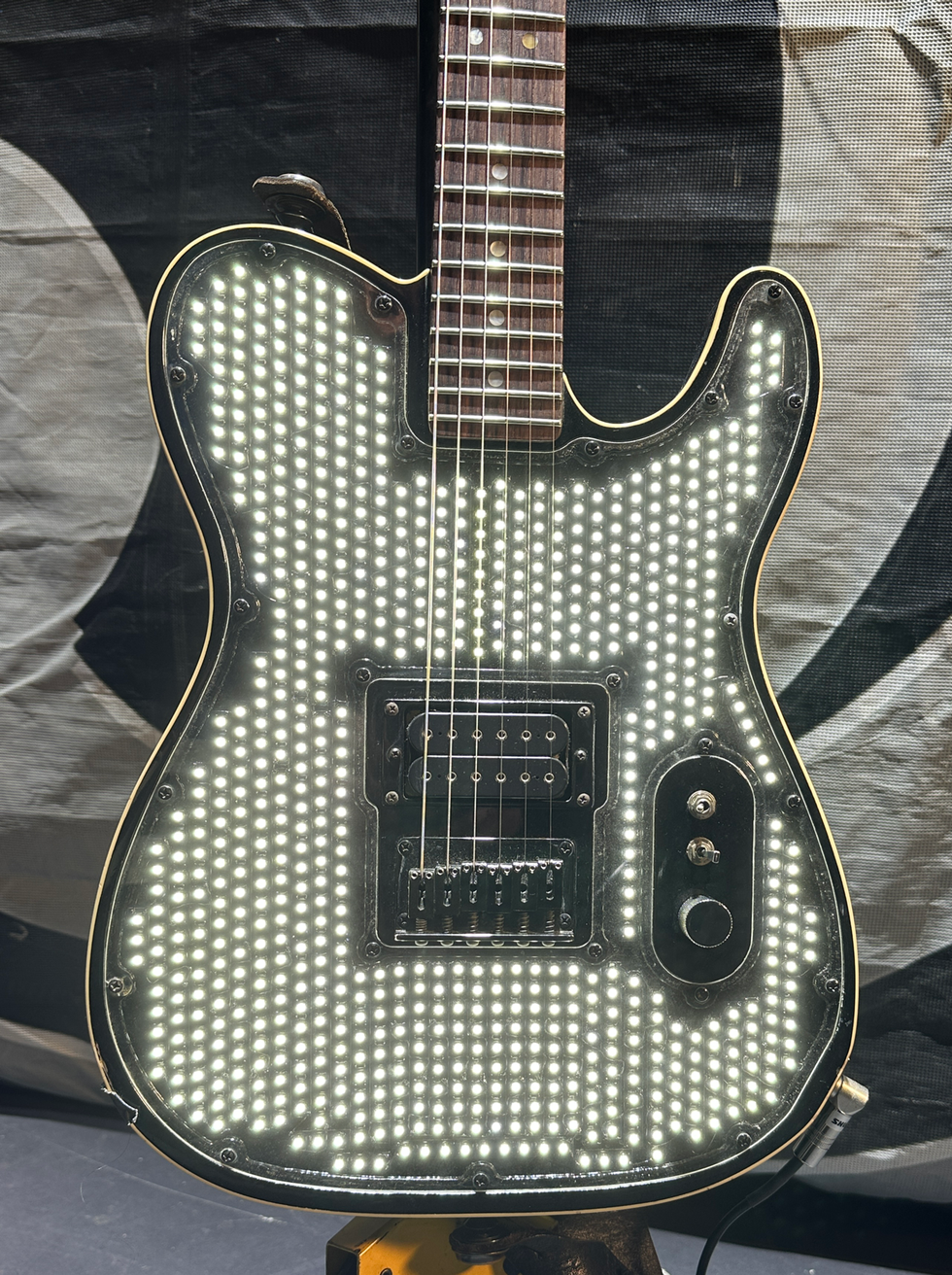
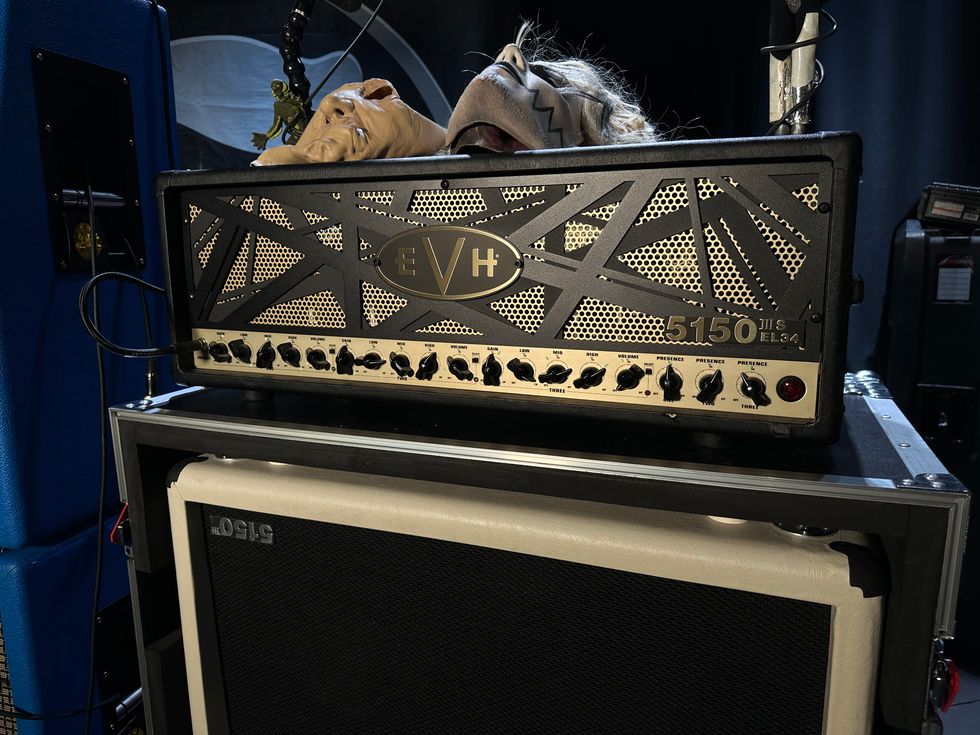
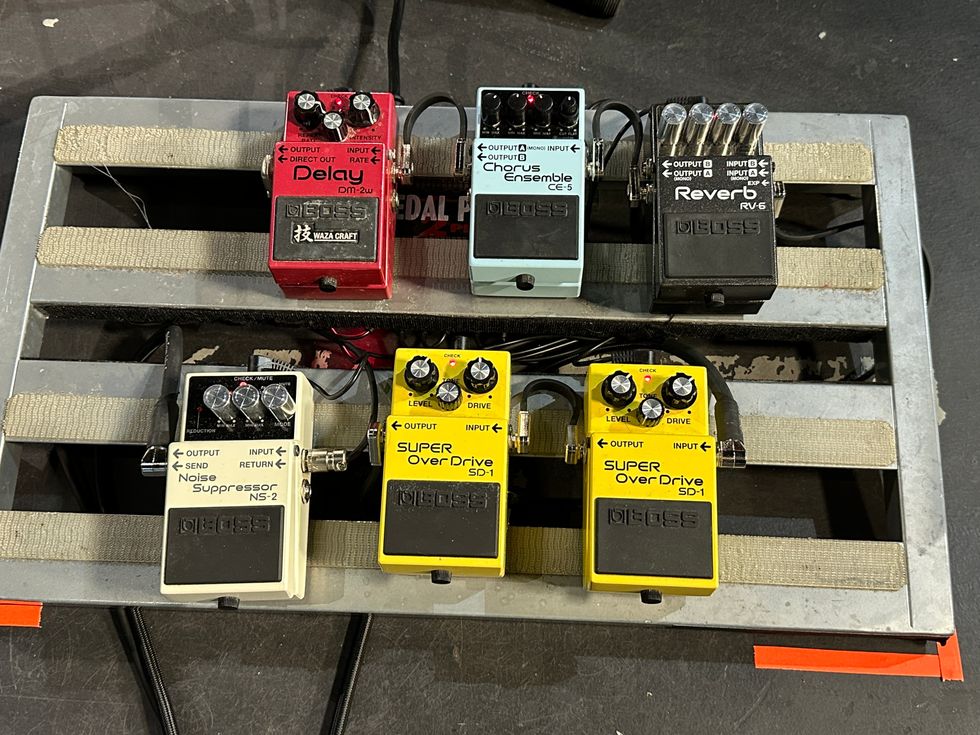







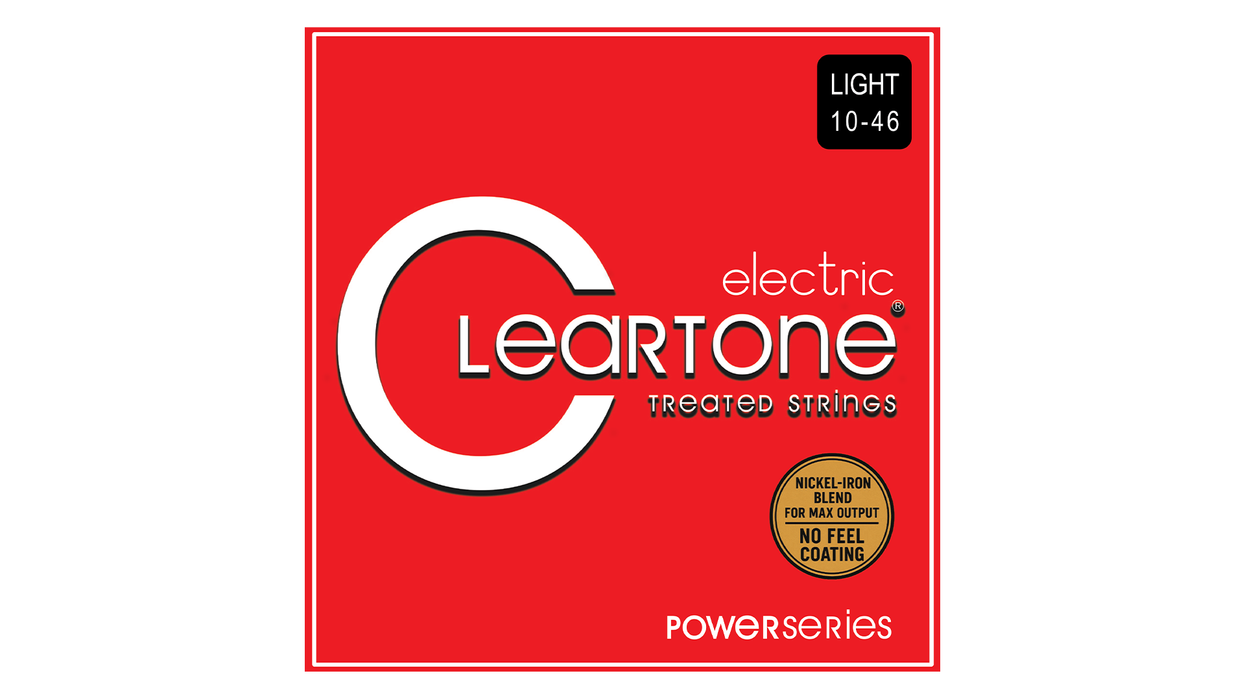
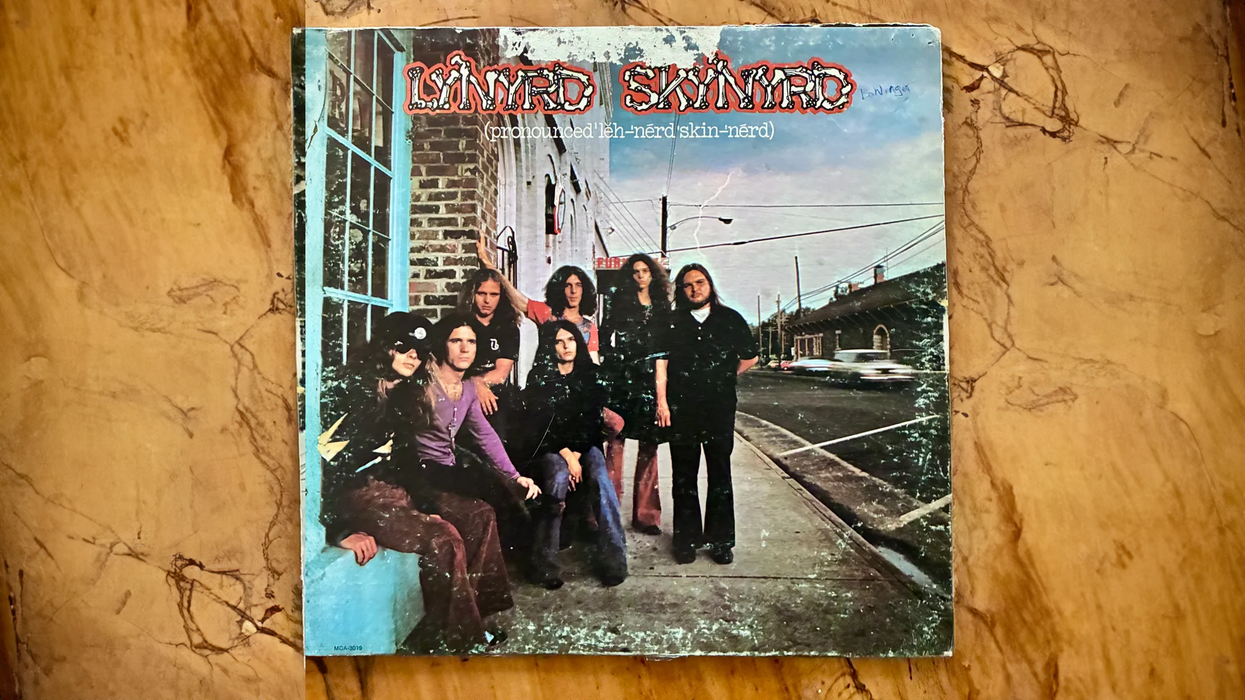

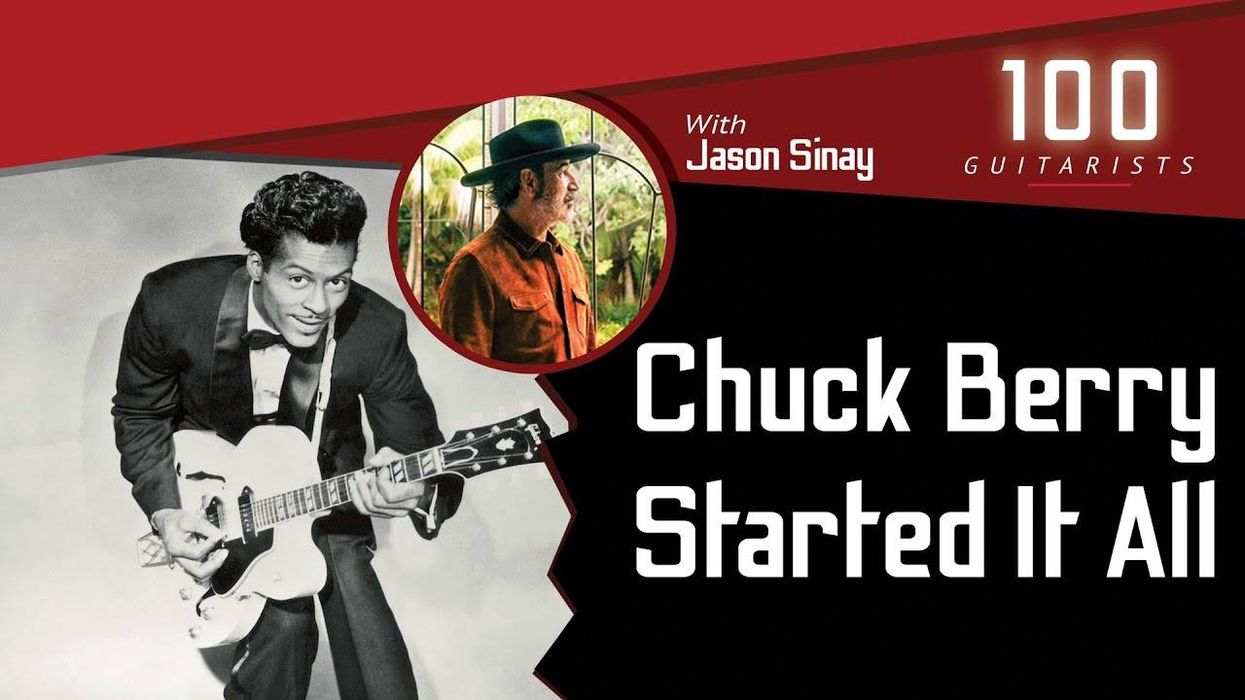
 This Episode Brought to You By: www.premierguitar.com
This Episode Brought to You By: www.premierguitar.com